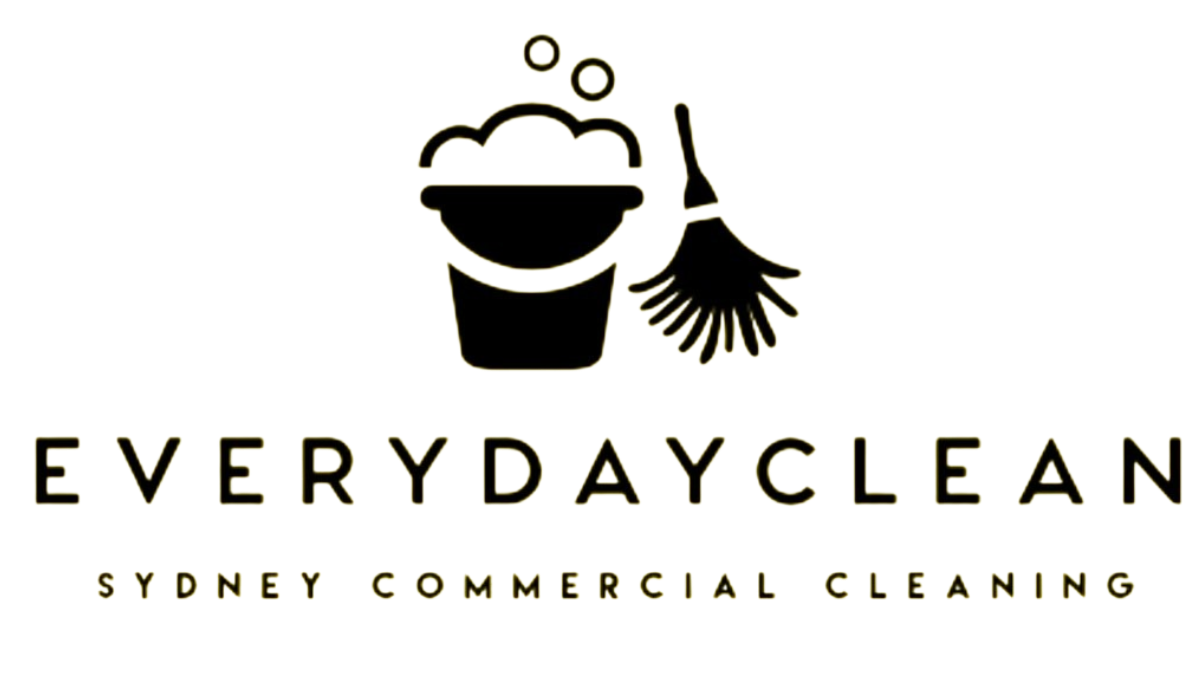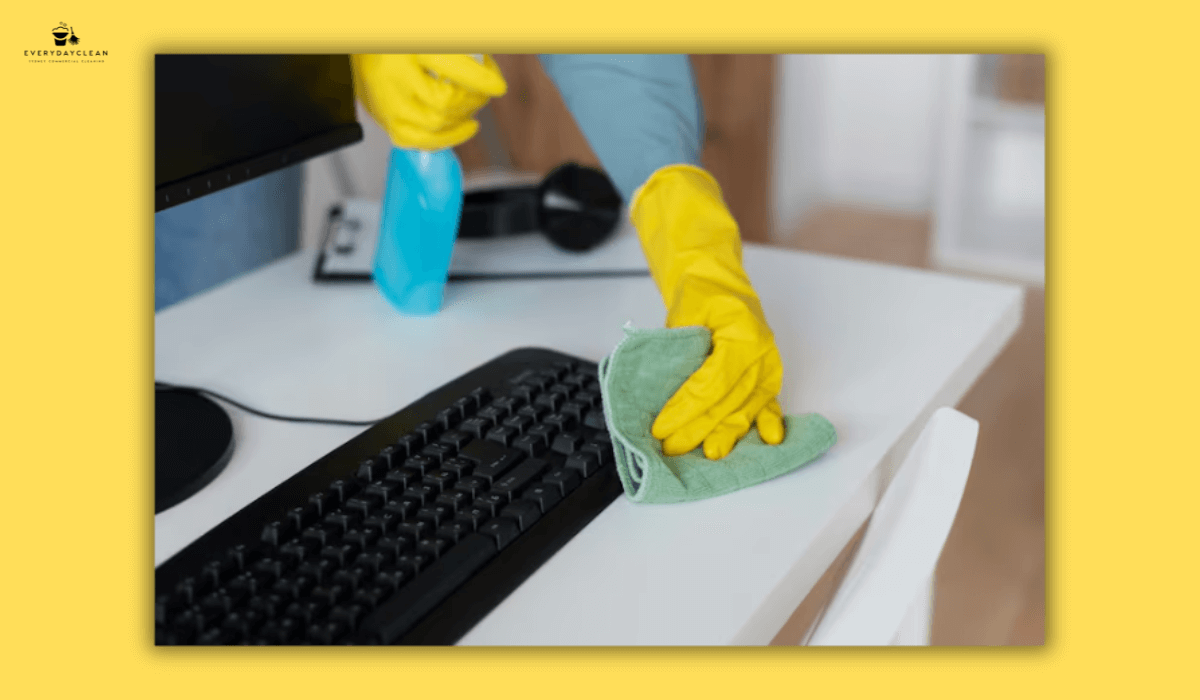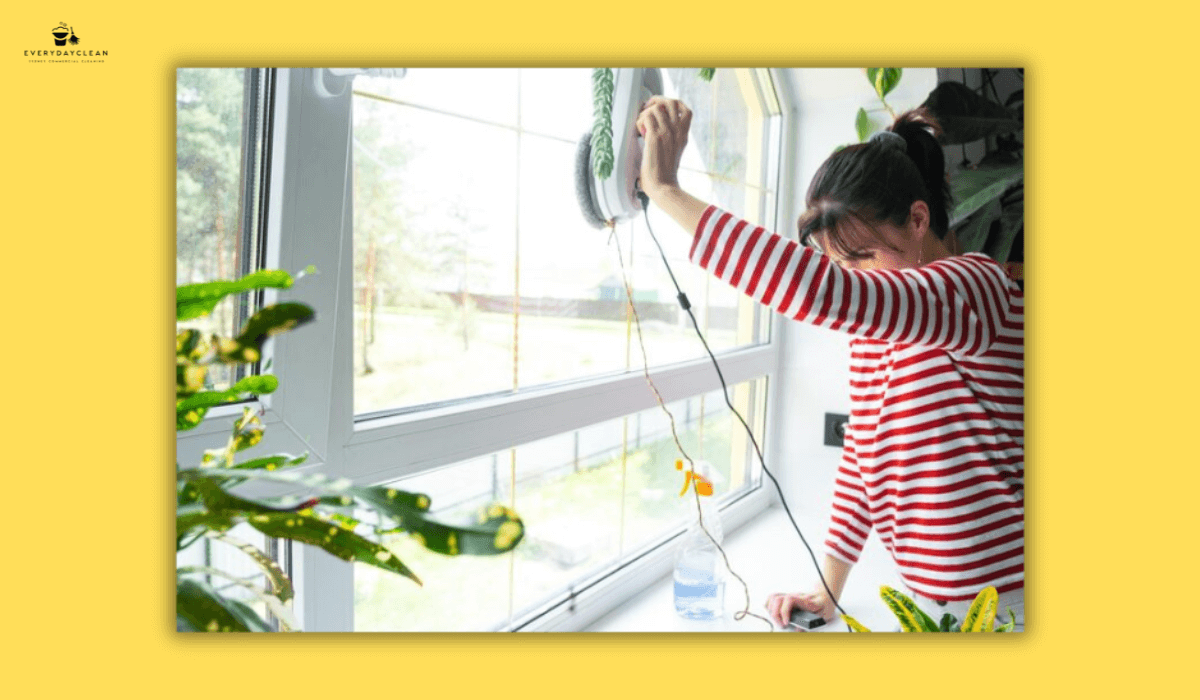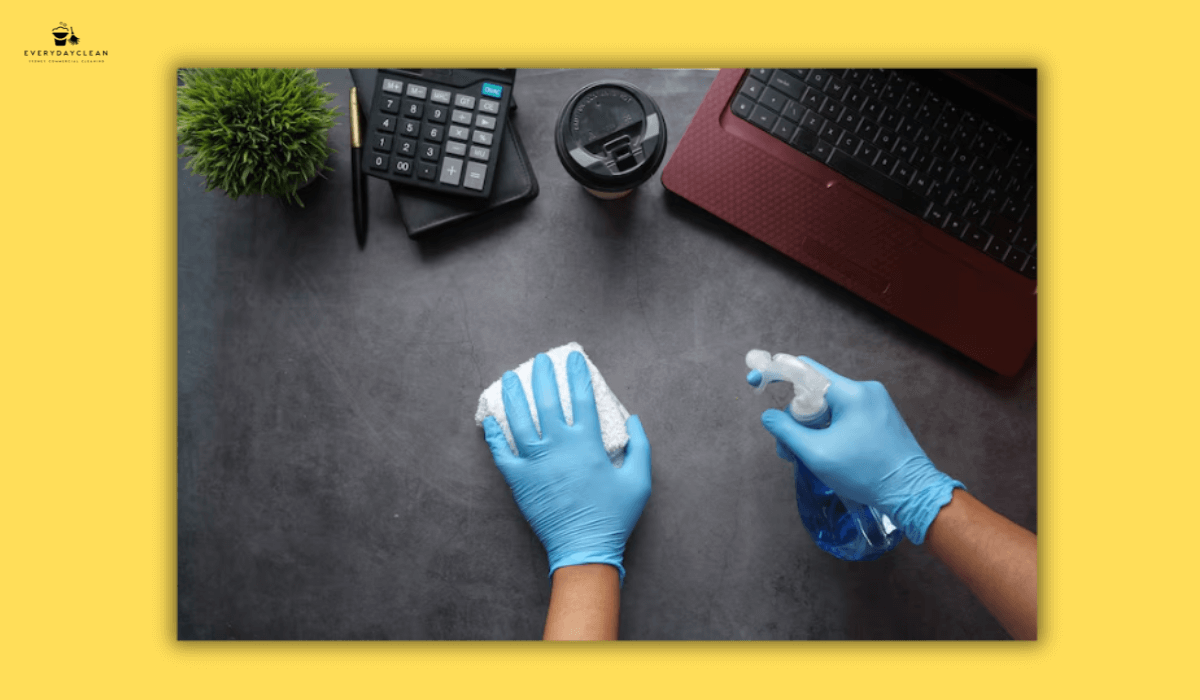15 Best Cleaning Equipment for Schools (2025 Guide)
Cleaning equipment for schools refers to specialised tools and machines used to clean classrooms, restrooms, corridors, cafeterias, and other learning spaces. These tools are selected based on hygiene standards, durability, ergonomic design, and ease of use in educational settings. This guide outlines 15 of the most effective school cleaning tools for 2025—from HEPA vacuums to janitor trolleys—and includes practical insights on how to choose the right products, integrate them into your school’s custodial program, and maintain a safe, compliant environment.
1. Walk-Behind Floor Scrubbers for Hallways and Gyms
Walk-behind floor scrubbers are a must-have for schools with large, high-traffic areas such as hallways, gyms, and cafeterias. These machines combine scrubbing, suction, and drying in one efficient pass—eliminating the need for separate mopping and reducing slip hazards caused by wet floors. Unlike manual methods, scrubbers clean faster, use less water, and leave no chemical residue, making them ideal for daily school use. Popular models like the Tennant T300 offer ergonomic handles, quiet operation, and adjustable pressure for different floor types. Choose Green Seal-certified units to meet health and sustainability standards in education environments.
2. HEPA Filter Vacuums for Classrooms
For classrooms - especially those with carpeted floors or allergy-sensitive students - HEPA filter vacuums provide critical air quality control. High-Efficiency Particulate Air (HEPA) filters capture 99.97% of airborne particles, including dust mites, pollen, and even some bacteria.
When choosing a vacuum for classroom use, look for models with quiet operation, multi-surface functionality, and sealed filtration systems. Backpack vacuums with HEPA filters are popular in schools due to their mobility and minimal disruption to classroom setups.
3. Colour-Coded Microfibre Cloths for Infection Control
Microfibre cloths remove more bacteria than cotton rags and reduce cross-contamination when colour-coded by area (e.g., red for toilets, blue for desks). Their fine fibres lift dirt and microbes from surfaces without the need for harsh chemicals, aligning with green cleaning initiatives in schools.
Equip each classroom or custodial trolley with a full set of colour-coded cloths and ensure all staff are trained in the proper usage protocols. This seemingly simple tool can significantly reduce the spread of illness across school populations.
4. Electrostatic Sprayers for Whole-School Sanitising
Electrostatic sprayers apply disinfectant evenly across desks, doorknobs, and other high-touch surfaces by charging particles to wrap around objects. This technology is especially useful during flu season or outbreaks, allowing deep disinfection in less time.
Choose sprayers compatible with school-safe disinfectants and ensure they meet standards such as TGA approval or Green Seal certification. Many models can sanitise an entire classroom in under 5 minutes, making them ideal for use during recess or after school.
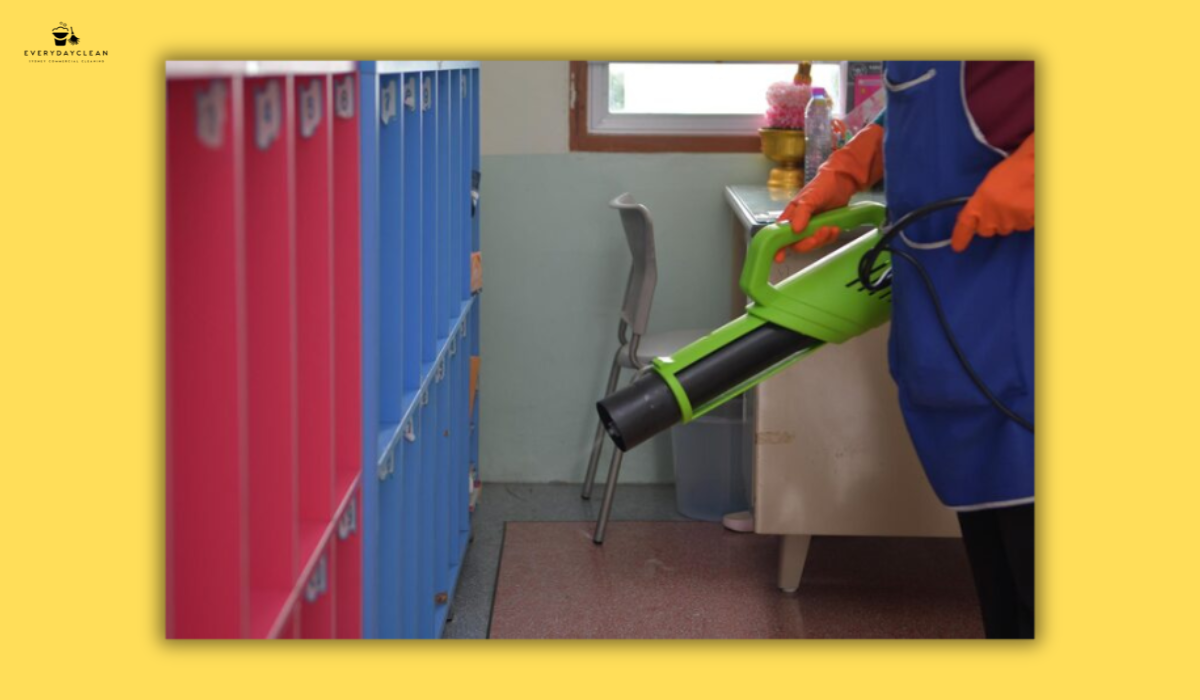
5. Multi-Purpose Janitor Trolleys for Efficiency
A well-organised janitor trolley helps staff move swiftly between tasks and store tools securely. Look for trolleys with segmented trays for microfibre cloths, mop buckets, spray bottles, and rubbish collection.
Customisable trolleys improve workflow efficiency and reduce trip hazards in busy school corridors. Models with locking wheels and chemical-resistant surfaces are ideal for educational facilities.
6. Wet-Dry Vacuums for Emergency Spills
Schools frequently deal with sudden spills - from science lab accidents to cafeteria mishaps. A wet-dry vacuum quickly removes both liquid and solid debris, preventing slip hazards and damage to flooring.
Choose units with auto-shutoff for full tanks, HEPA filtration, and versatile hose attachments. Keep at least one wet-dry vacuum accessible per school wing or level.
7. Automatic Soap and Sanitiser Dispensers
Touchless soap dispensers promote hand hygiene in restrooms and classrooms, reducing germ transmission among students. Automatic systems also control usage and limit waste.
Mount dispensers near classroom doors, staff rooms, and cafeteria entrances. Ensure they are easy to refill, tamper-resistant, and durable enough for high-volume use.
8. Mop Buckets with Wringer and Splash Guards
For quick cleanups or wet mopping, industrial mop buckets with ergonomic wringers and splash guards are crucial. These prevent over-soaking, protect janitorial staff, and extend floor life.
Choose models with colour-coded designs and durable castors. Some buckets include built-in measurement marks for chemical dilution.
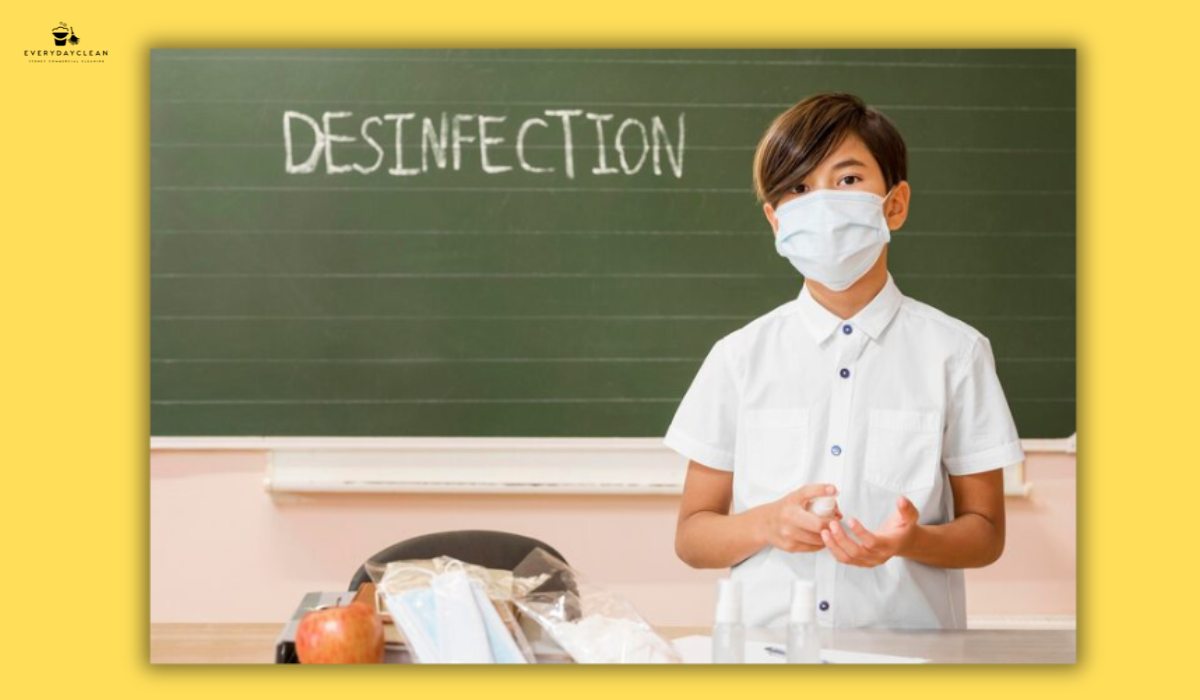
9. Green Seal Certified Cleaning Chemicals
Eco-friendly, non-toxic cleaning agents certified by Green Seal or GECA are safer for students and custodial staff. These products are free from ammonia, bleach, and volatile organic compounds (VOCs), reducing respiratory risks and surface corrosion.
At facilities that cater to younger age groups, such as preschools, it's essential to choose products aligned with child care cleaning services to ensure full safety and compliance.
10. Portable Air Purifiers for Healthier Classrooms
Portable HEPA air purifiers support schools in reducing airborne allergens, bacteria, and odours - especially in high-risk areas such as nurse offices or special education rooms.
Units should have CADR ratings suited to room size and be placed away from foot traffic. Models with washable filters offer lower lifetime costs and sustainability benefits.
11. UV Light Sanitation Wands (Supplemental Use Only)
UV-C light devices can be used as a supplemental cleaning method to sterilise small items like shared tablets or musical instruments. These tools are not substitutes for manual disinfection but add an extra layer of sanitation.
Ensure devices meet safety standards and are operated by trained personnel. Do not use UV light on skin or in occupied rooms.
12. Scraper Tools and Gum Removal Kits
Hallways, desks, and playgrounds often accumulate gum or stubborn adhesives. Scraper tools and citrus-based gum removers allow maintenance teams to clean surfaces without damaging paint or floor coatings.
These tools reduce long-term wear and improve the appearance of shared spaces without the need for harsh chemicals.
13. Classroom Restroom Cleaning Kits
Toilet sanitisation is a daily priority in schools. Pre-packaged restroom cleaning kits include toilet bowl brushes, microfibre cloths, gloves, disinfectant sprays, and signage.
These kits help ensure cleaning consistency across shifts and streamline hygiene compliance. They also reduce the time custodians spend gathering individual supplies. For classrooms with diverse needs, including special education facilities, you may also need to review the cleaning procedure for beds to maintain hygiene across resting spaces.
14. Durable Brooms and Dustpans for Outdoor Debris
Leaves, gravel, and dirt frequently track into schools from playgrounds or carparks. Heavy-duty brooms with angled bristles and clip-on dustpans enable quick removal of debris before it enters classrooms.
Opt for models with anti-slip handles, strong bristle retention, and ergonomic design for staff comfort.
15. Procurement Software or Checklists for Ordering
Streamlining equipment purchasing helps schools stay within budget and ensure compliance. Procurement platforms or digital checklists can manage inventory, flag reorders, and suggest suppliers that meet school hygiene standards.
Many platforms offer templates aligned with NSW Education Department requirements or NDIS service frameworks, making reporting and auditing easier.
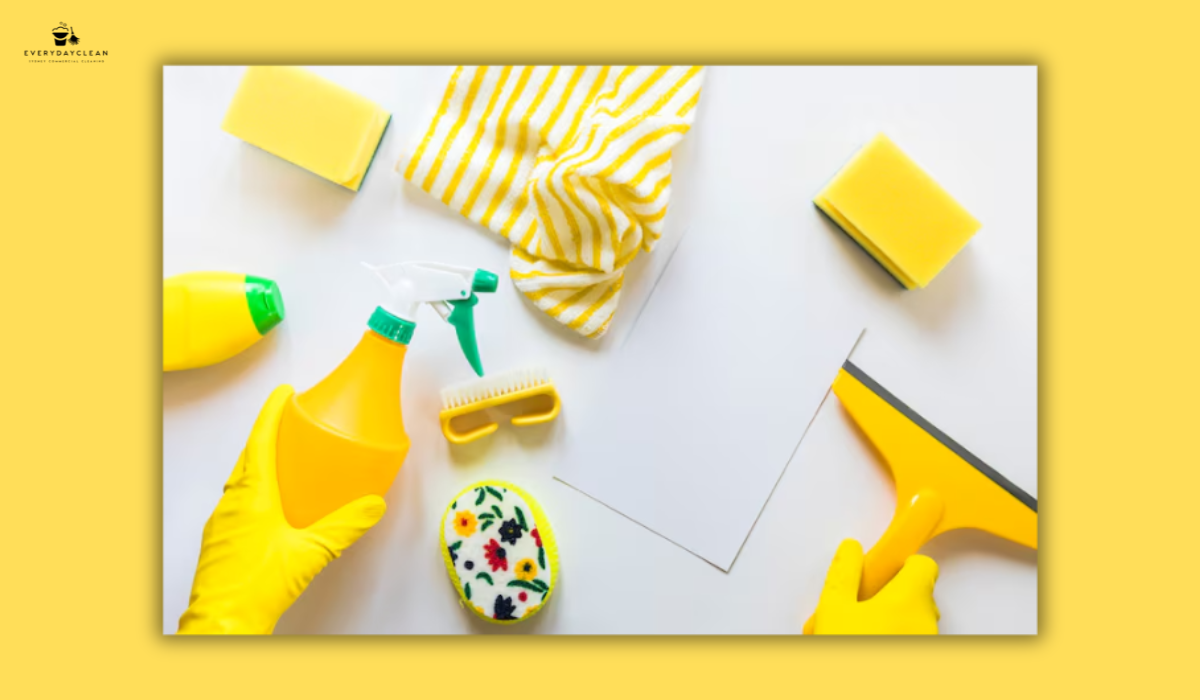
FAQs: Cleaning Equipment for Schools
Facility teams and school administrators often have specific questions when selecting, maintaining, or budgeting for cleaning equipment. Below are detailed answers addressing common search intents derived from query data.
What cleaning machinery do universities use?
Universities typically use industrial-grade cleaning equipment due to the size and complexity of their campuses. This includes ride-on floor scrubbers for large halls, high-capacity HEPA vacuums for libraries, and electrostatic sprayers for disinfecting lecture theatres and student housing. Backpack vacuums allow mobility between floors, while digital inventory systems manage supply usage and maintenance schedules. Universities also prioritise Green Seal-certified chemicals and sustainability-focused equipment.
How to create a cleaning budget for a school district?
Start by identifying core zones: classrooms, restrooms, cafeterias, and outdoor areas. Estimate labour hours, cleaning frequencies, and square meters for each zone. Then, list required tools, chemicals, and PPE. Use supplier quotes to estimate annual costs and compare leasing versus buying for large machinery. Many districts use Excel templates or facility management software to build and track budgets aligned with state education funding.
Best commercial vacuum cleaners for high-traffic school hallways?
Top-rated models include the ProTeam Super Coach HEPA backpack vacuum and the Nilfisk GD5. These units balance suction power, noise control, and ergonomic design. For high-traffic zones, choose vacuums with strong carpet-beating brushes, sealed HEPA systems, and large dust canisters. Battery-powered models improve safety by eliminating cord hazards.
Cost of outsourcing school cleaning vs buying equipment?
Outsourcing offers predictable monthly costs and access to commercial-grade equipment without upfront investment. However, over time, purchasing equipment may become more cost-effective - especially if the school has in-house cleaning staff. Consider hybrid models where essential equipment is owned (e.g., vacuums, trolleys) but deep-cleaning services are outsourced quarterly.
What are the HEPA vacuum specifications for school cleaning?
HEPA vacuums must capture 99.97% of particles 0.3 microns or larger. For schools, look for sealed filtration systems, multi-surface cleaning heads, and noise levels below 70 dB. Backpack models with easy filter access reduce downtime and ensure compliance with asthma-friendly cleaning standards. Maintenance logs should track filter replacement schedules to maintain performance.
Call Everyday Clean for School Cleaning Support
Everyday Clean supports Sydney schools with tailored cleaning solutions, including equipment advice, routine sanitation, and NDIS-compliant services. Whether you're building a supply list for a new school or upgrading cleaning protocols post-COVID, our experts help schools stay clean, compliant, and efficient. Learn more about our services at Everyday Clean.
Author: Everyday Clean Content Team
Everyday Clean is Sydney’s trusted provider of commercial cleaning solutions, including pools, gyms, offices, and strata properties. Our licensed professionals use advanced, eco-friendly equipment to deliver safe, compliant, and spotless results. With deep experience across Sydney’s hospitality, fitness, and residential sectors, we help facilities maintain inviting, healthy environments that guests trust.
